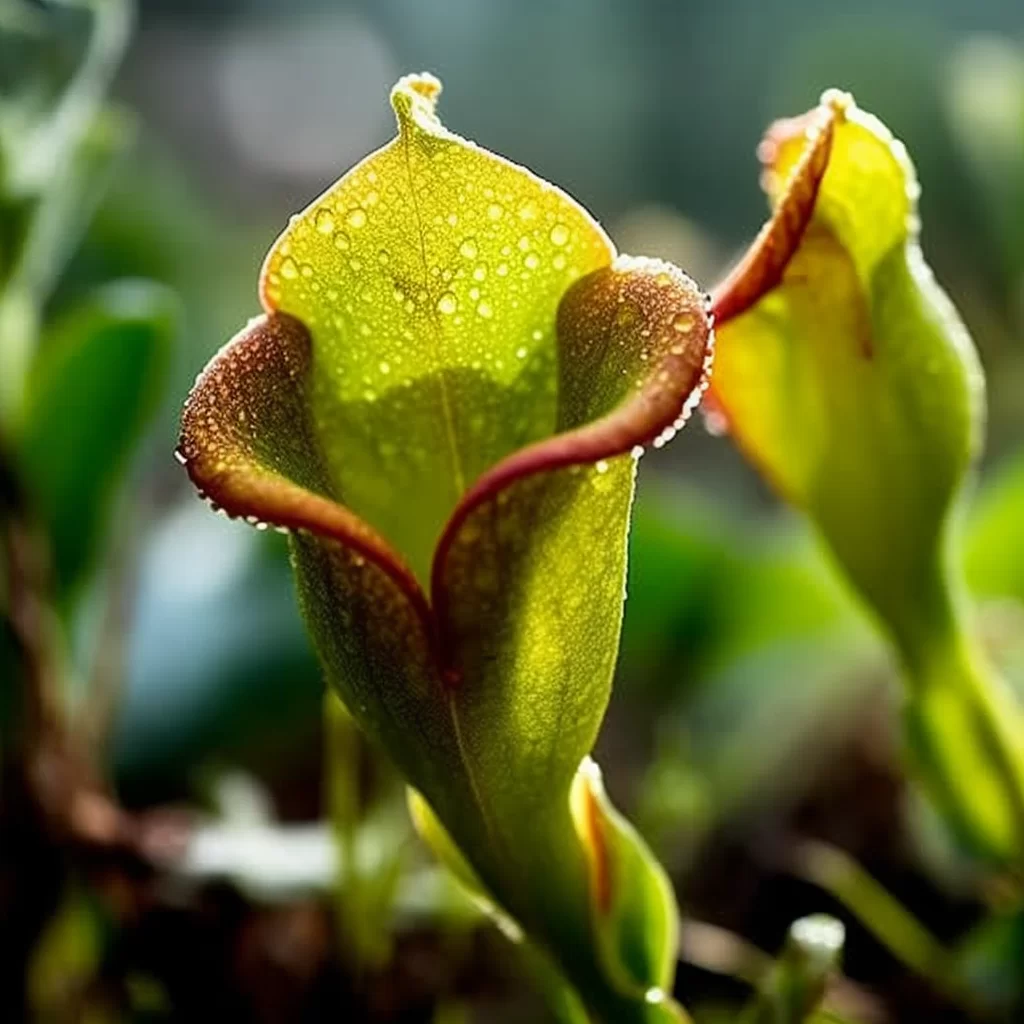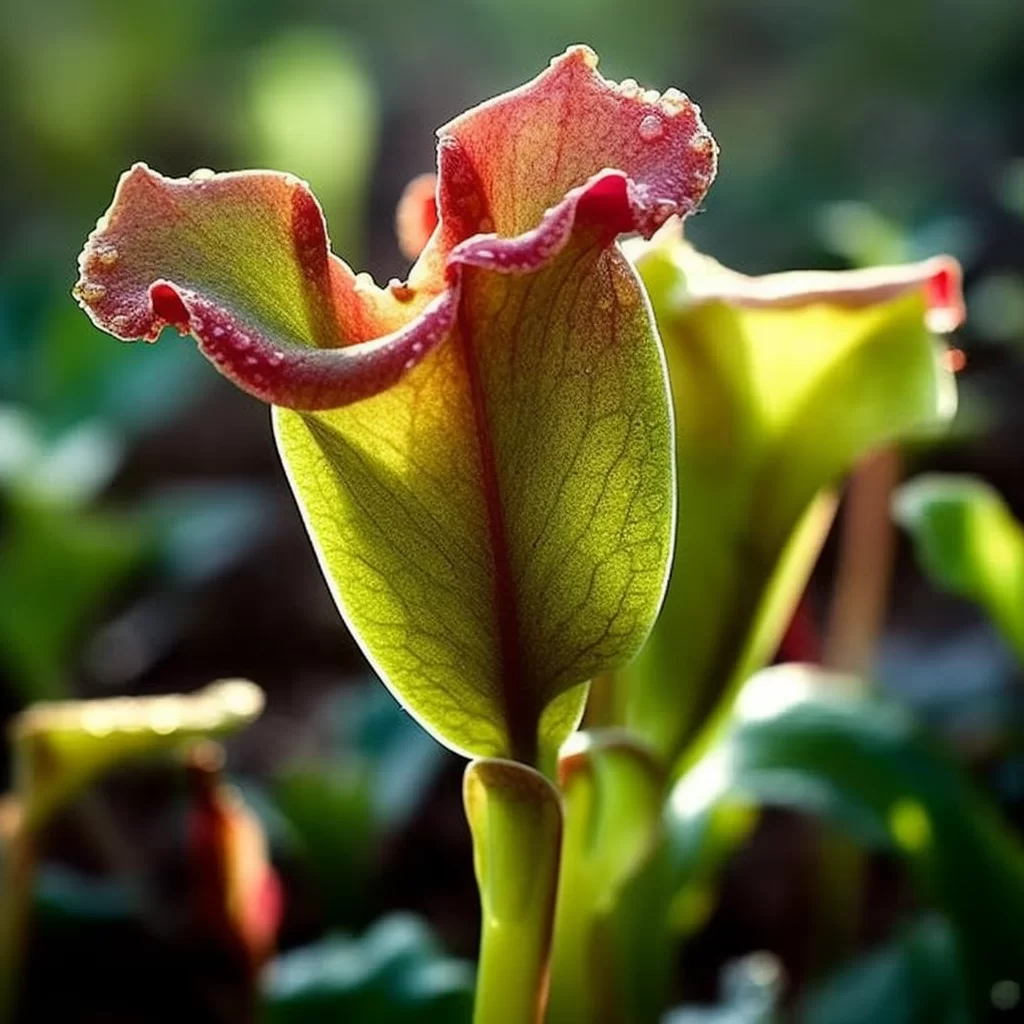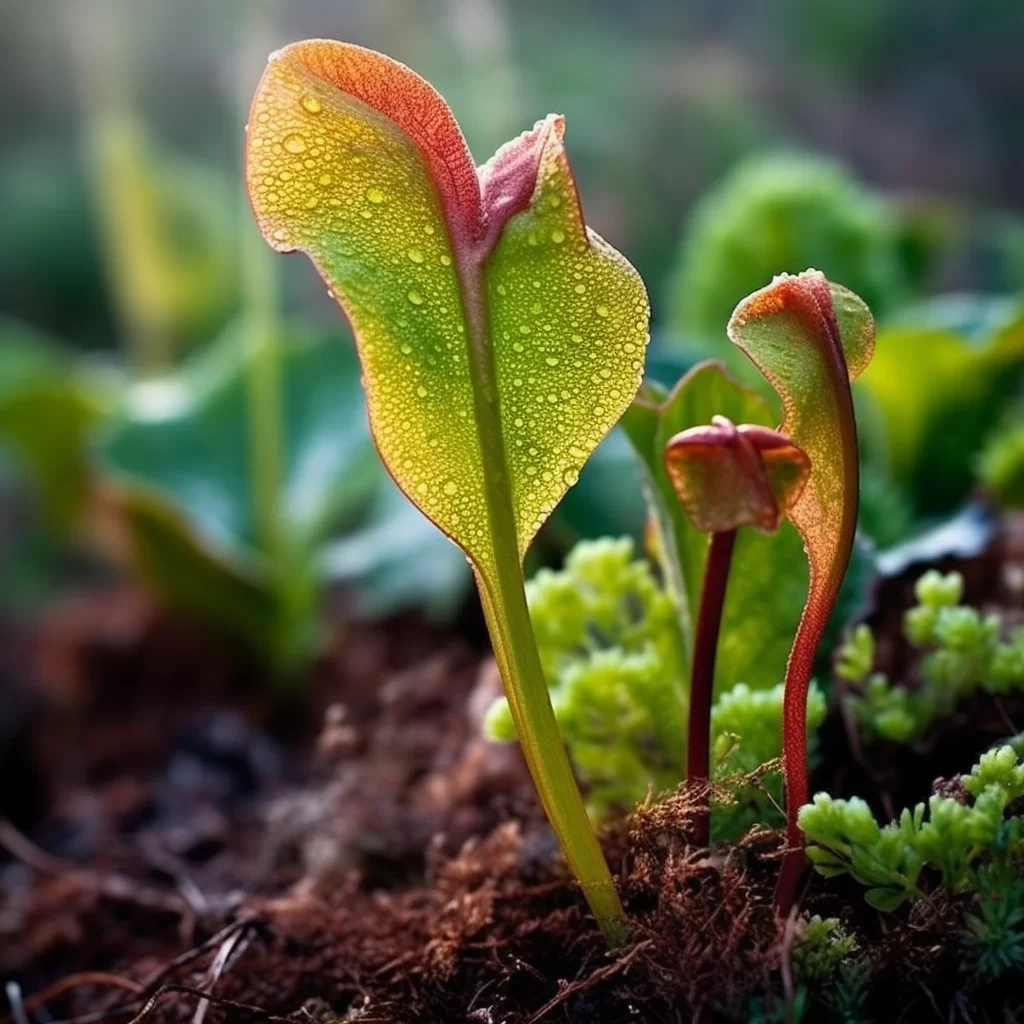Story of Day :
Contents
The Carnivorous Pitcher Plant: A Complete Guide and Care Tips
As a gardener, you might have already heard about carnivorous plants.
These plants are fascinating because they eat insects! One of the most popular carnivorous plants is the pitcher plant.
In this article, we will give you a complete guide on how to care for your pitcher plant.
What is a Pitcher Plant?
A pitcher plant is a type of carnivorous plant that attracts, traps and eats insects.
The traps are shaped like tubes or pitchers with slippery sides that make it difficult for prey to escape.
The inside of the tube contains digestive enzymes that break down the insects into nutrients.
Types of Pitcher Plants

Pitcher plants come in many shapes and sizes, but they can be broadly classified into two types:
- Tropical Pitcher Plants: These grow in warm and humid conditions such as rainforests.
They require bright but indirect light with high humidity levels.
- North American Pitcher Plants: These grow in cooler climates such as bogs and swamps.
They require full sun exposure with moist soil conditions.
Care Tips for Your Carnivorous Pitcher Plant
If you want to grow your own pitcher plant, here are some care tips you should follow:
Soil Requirements
Pitchers prefer acidic soil (around pH 5) that’s rich in organic matter like peat moss or sphagnum moss.
Avoid using regular potting soil as it can contain minerals that may harm your plant’s growth.

Sunlight Exposure
The amount of sunlight required depends on the type of pitcher plant you have.
Tropical pitcher plants need bright but indirect sunlight while North American pitchers need full sun exposure.
Watering Needs
Pitcher plants require moist soil conditions, but it’s important to avoid overwatering them as this can lead to root rot.
Use distilled water or rainwater instead of tap water to prevent mineral buildup in the soil.
Humidity Levels
Tropical pitcher plants thrive in high humidity levels (around 70%) while North American pitchers can tolerate lower humidity levels.
If your plant is not getting enough moisture, mist its leaves with a spray bottle filled with distilled water.
How to Feed Your Pitcher Plant?

Pitcher plants are capable of catching their own prey, but if you want to supplement their diet, you can feed them insects such as flies or crickets.
Be sure not to overfeed your plant as this can cause the traps to become too full and may affect its growth.
Common Problems and Solutions for Your Pitcher Plant
- Dry Soil: If your plant is wilting or showing signs of dryness, increase watering frequency or try using a humidifier nearby.
- Insect Infestation: If pests like spider mites or scale insects are attacking your plant, remove them manually and clean the leaves using an insecticidal soap solution.
- Brown Leaves:If your pitcher’s leaves turn brown, it may be due to low humidity levels or lack of nutrients in the soil.
Try increasing moisture around the plant by placing it on a tray filled with pebbles and adding water up until halfway through the pebbles so that there is a small pool beneath the pot which will keep things humid.
Conclusion
Pitcher plants are unique and fascinating plants that require specific care to thrive.
By following the above-mentioned care tips, you can grow a healthy and beautiful pitcher plant in your garden or home.
Whether you’re a beginner or an experienced gardener, adding a carnivorous plant like the pitcher plant can be a great addition to your collection.
